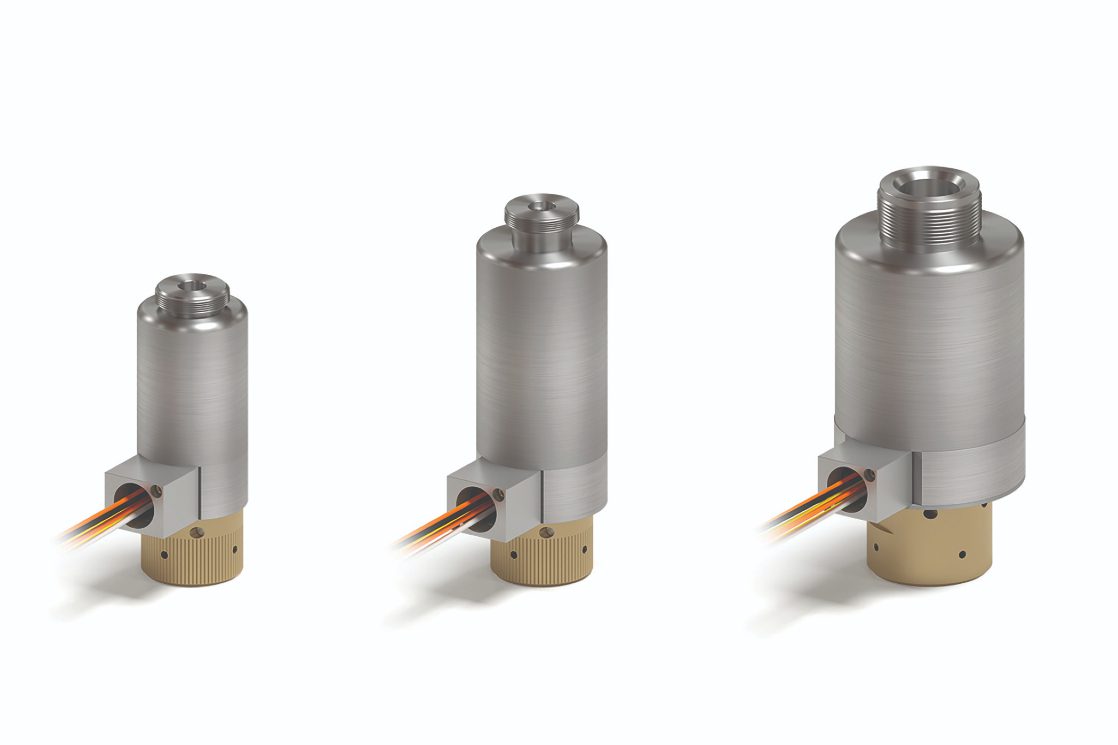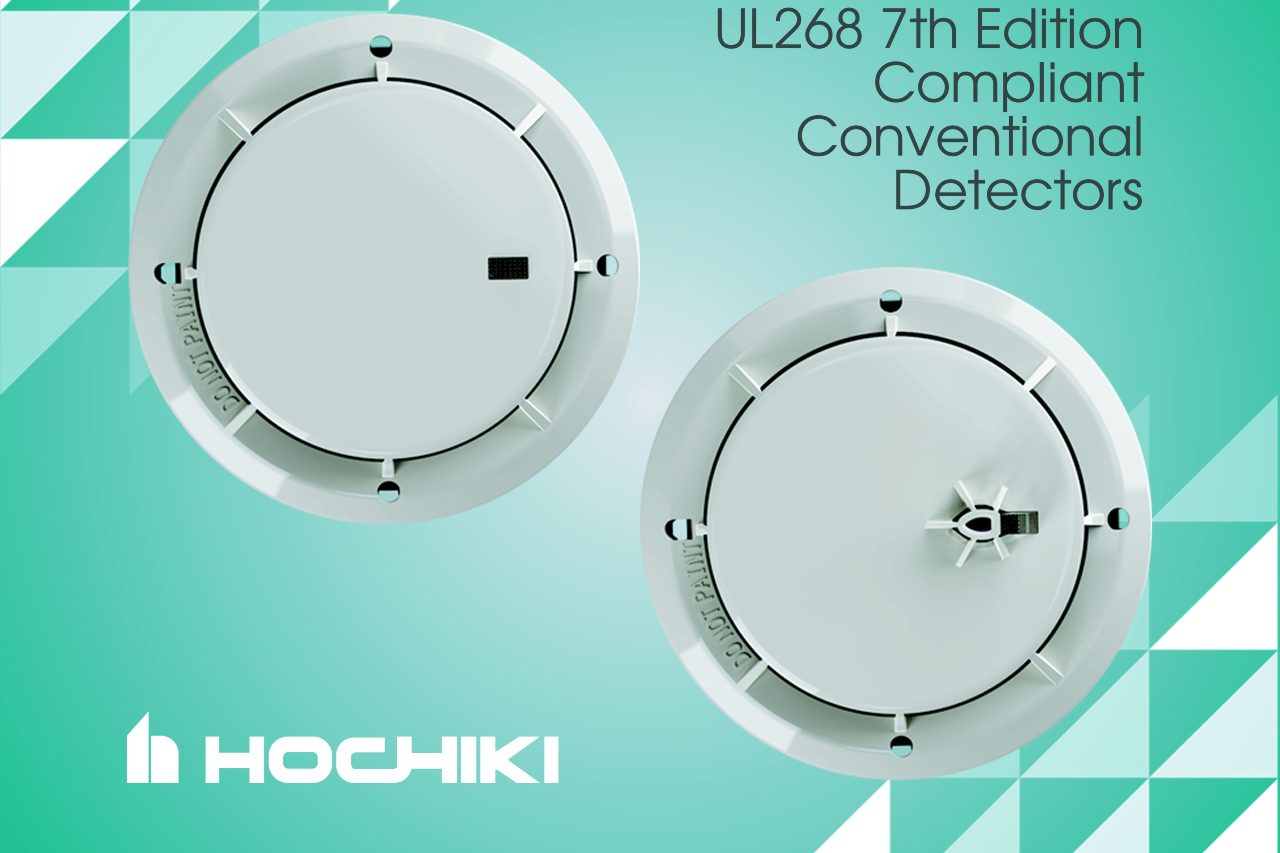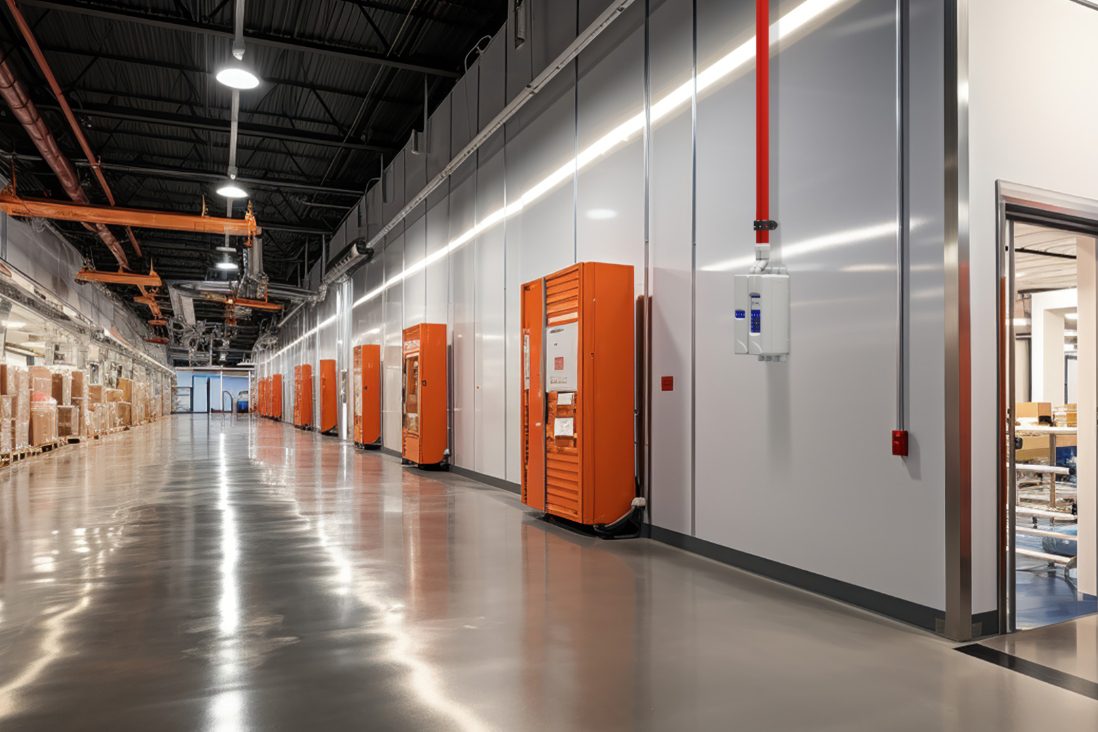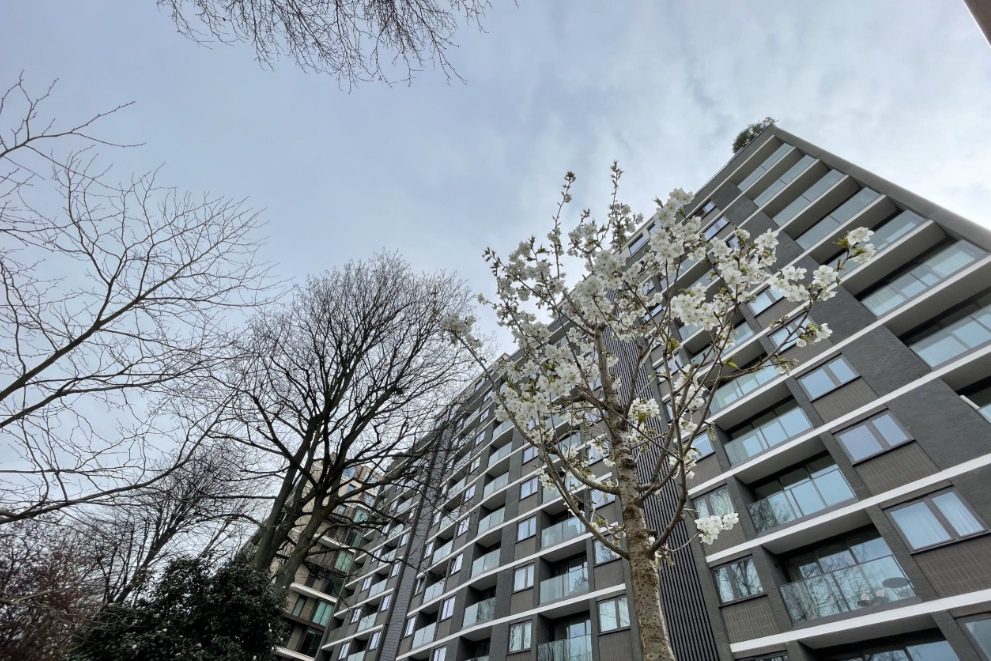Three specially-designed Rosenbauer vehicles were put into operation at the Merck company in Germany. One universal pumper with a Stinger extinguishing arm has been stationed at both the Darmstadt and Gernsheim locations, and Gernsheim also received a B42 hydraulic platform.
Merck has been using Rosenbauer vehicles since the 1980s and one of the best known vehicles is the so-called ‘Iguana’, a powder tanker with over 10,000 litres of extinguishing agents on board, which received its name due to the idiosyncratic design of the cab. The new universal pumpers (SO-TLF) also carry large quantities of extinguishing agents, whereby the available mix consisting of 3,000 litres of water, 2 x 2,000 litres of foam, 1,500 kg of powder and 300 kg of CO2 covers every aspect and operational scenario found in modern industrial firefighting. The foam agent payload on its own is sufficient to create up to 400,000 litres of foam.
The two universal pumpers are of identical design and are fitted with high-performance extinguishing technology that provides the capability necessary for dealing with serious fire loads. An R600 pump delivers up to 6,500 l/min at 10 bar, while the foaming agent pump of the Hydromatic proportioning system supplies a maximum of 500 l/min at 18 bar. Each of the three B-pressure outlets on the left and right of the vehicles, as well as the monitor outlet, which is located at the tip of the extinguishing arm, are fitted with automatic foam proportioning devices. The proportioning rate can be adjusted between one and seven percent.
The fire pump and the pressurised proportioning system are hydrostatically powered via auxiliary drives from the vehicle engine, while the energy for the powder and CO2 extinguishing systems derives from compressed air containers that are partly fitted onto the superstructure roof. Extinguishing powder and gas are emitted via separate quick attack hoses with lengths of 55 and 60 metres, which are mounted on both sides of the vehicles. Water, foam and powder are also available via the extinguishing arm tip.
In its parked position, the electrically remote controlled RM65 emits 6,000 l/min and 4,500 l/min when the extinguishing arm is extended. The maximum powder through flow adds up to 10 kg/sec. The extinguishing arm itself is radio remote controlled and fitted with LED working searchlights, as well as with colour and FLIR/heat imaging cameras. It has a working height of 15 m and a reach of 10 m. In addition, both universal pumpers can operate in a pump & roll mode, have a length of over 11 metres and are mounted on a 32 tonne MAN chassis fitted with a 440 hp Euro V engine.
A rescue and extinguishing system in one
The new hydraulic platform of the Merck company fire service in Gernsheim is a working, rescue and extinguishing device rolled into one. With its rescue set, comprised of a main, four-part telescopic arm and a one-part cage arm, the platform can reach a working height of 42.3 m, while the cage with three entries and stretcher fittings, has a maximum load carrying capacity of 550 kg. For high-altitude operations a 24 V / 230 V / 400 V power line runs through the rescue set up to the cage. The electricity is provided by a portable 14 kVA RS14 Super Silent generator stored on the vehicle turntable.
The B42 is turned into a complete firefighting vehicle by means of an N55 pump, a Hydromatic pressurised proportioning system, telescopic water lines (TWS) and a remote controlled monitor on the cage, all of which are integrated into the vehicle. The TWS has a capacity of up to 4,800 l/min and the pump delivers a maximum of 5,500 l/min. The hydraulic platform carries 1,000 l of foaming agents and once connected to a hydrant is immediately ready for extinguishing action. Metz Aerials in Karlsruhe built the B42 on a Mercedes Benz chassis equipped with a 408 hp, Euro V engine. The vehicle has a permitted total weight of 26 tonnes.
Industrial firefighting vehicles for the entire world
Rosenbauer manufactures firefighting vehicles for industrial companies around the world. They are employed primarily in the petrochemical and plastics industries, as well as in steel plants, recycling firms, container ports and wherever high fire loads exist. The trucks are characterised by their large dimensions with many having lengths in excess of 10 m. They are also equipped with complex high-performance extinguishing systems and special extinguishing agents (B/C foam, foam compatible powder). As a rule, the extinguishing technology power pack is formed by a combination of powerful pumps and an industrial foam proportioning system. Remote controlled monitors with high throughput rates and throw ranges secure safe emission and can be mounted on the vehicle roof, at the tip of the extinguishing arm, on the fender, or on the cage (in the case of hydraulic platforms).
Company fire services and industrial part operators throughout Germany rely on special Rosenbauer firefighting vehicles and apart from Merck, industrial fire trucks have been supplied to InfraLeuna, Currenta in Krefeld-Uerdingen, Evonik in Darmstadt and Hanau, as well as ThyssenKrupp Rasselstein in Andernach, to name but a few.










